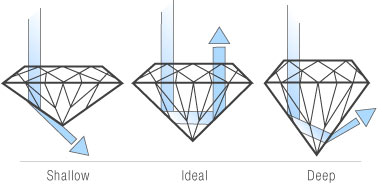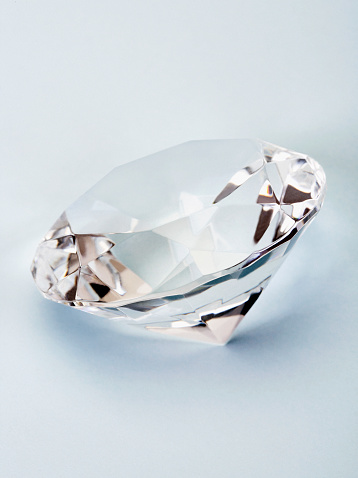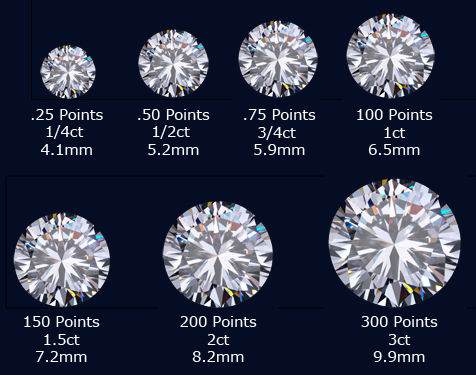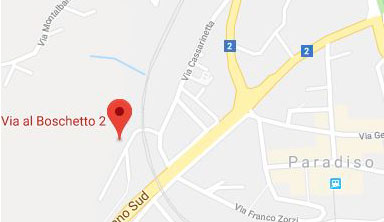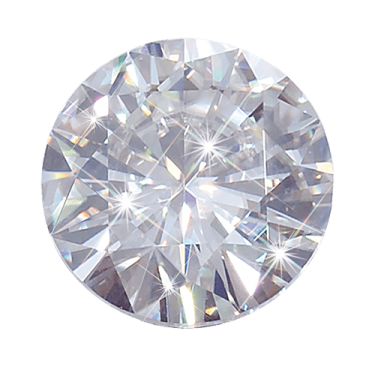
The 4Cs of diamonds
Classification is a fairly straightforward concept when it comes to diamonds and the term is known by even the most common consumer when they begin to show some interest in a stone.
In some ways this awareness, which can be more or less superficial, is justified: from the moment in which any diamond enters the outside world, until it passes to an end consumer and throughout its life, therefore perennially, it is classified!
Once a stone is formally classified according to the international criteria of gemological analysis, it has acquired a “certification”.
International classification standards for cut diamonds were introduced in 1953 by the GIA (Gemological Institute of America) and are: Cut, Clarity, Colour and Carat (weight).

